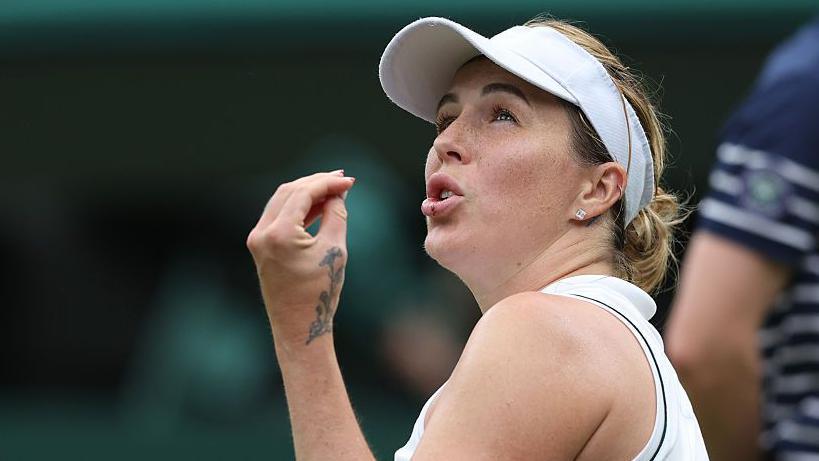In the fast-paced world of professional sports, the integration of technology has become a double-edged sword, sparking debates about trust, fairness, and the very essence of athletic competition. While advancements promise greater accuracy and efficiency, a palpable sense of unease persists among athletes and fans alike, as highlighted by recent events at Wimbledon.
The recent controversy at Wimbledon, where a crucial point was replayed due to a malfunctioning electronic line-calling system – which had accidentally been switched off – perfectly encapsulated this growing tension. Anastasia Pavlyuchenkova’s frustration was palpable, feeling that the game had been “stolen” from her. This incident, though attributed to a simple human error in operation, has fueled discussions about the reliability of technology in sports, with some questioning its place in traditions like Wimbledon.
This sentiment echoes concerns raised by other players, such as Emma Raducanu, who expressed disappointment with the new technology. However, veteran players like Pat Cash defend the electronic line-calling system, arguing that despite occasional glitches, it is ultimately more accurate than the human eye. He points out that human errors, though different in nature, are also a constant factor in officiating.
The accuracy of technology is undeniable in many aspects. For instance, the Hawk-Eye system, developed by the firm of the same name, uses multiple cameras and AI to track balls, with human operators managing the system. While the system employs AI for analysis, the All England Lawn Tennis Club asserts that AI is not directly used for officiating, and they remain confident in their technology’s accuracy. Despite this, the system’s inability to be manually overridden after Sunday’s incident has added another layer to the debate.
Beyond tennis, similar debates rage in other sports. Football’s VAR (Video Assistant Referee) system, for example, has been a constant source of controversy, with “significant human error” cited in numerous high-profile decisions. While the Premier League reported a high accuracy rate for VAR, the impact of a single error can be immense, leading some countries to reconsider its use.
The underlying issue, as suggested by entrepreneur Azeem Azhar, might stem from a perceived lack of human agency and control over rapidly evolving technology. As technology advances, it challenges our existing beliefs and ways of operating, often leaving us feeling out of sync.
This unease extends beyond sports. In the medical field, patients often prefer a human diagnosis for serious conditions like cancer, even when AI offers superior accuracy. Similarly, despite the statistical safety of autonomous vehicles, public trust remains a significant hurdle, with many Brits expressing apprehension about riding in driverless cars.
Sports journalist Bill Elliott suggests that the pursuit of “perfection” through technology might inadvertently lead to a less engaging experience. While perfection offers a degree of certainty, it may also strip away the unpredictable, human elements that make sports compelling. The challenge, therefore, lies in finding a balance – integrating technology responsibly to enhance, rather than replace, the human element that fans and athletes value most.

